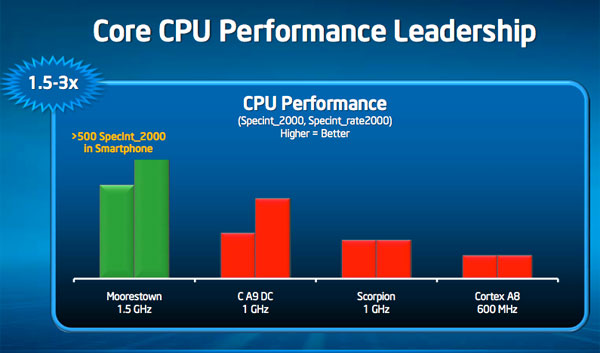aaronspink
Veteran
What do they have to gain by designing their own ARM uArch that is worth breaking BC, and taking on massive costs and engineering efforts, while the alternative is to write a cheque to IBM?
BC has been and always will be a canard. It doesn't really matter in the console space.


